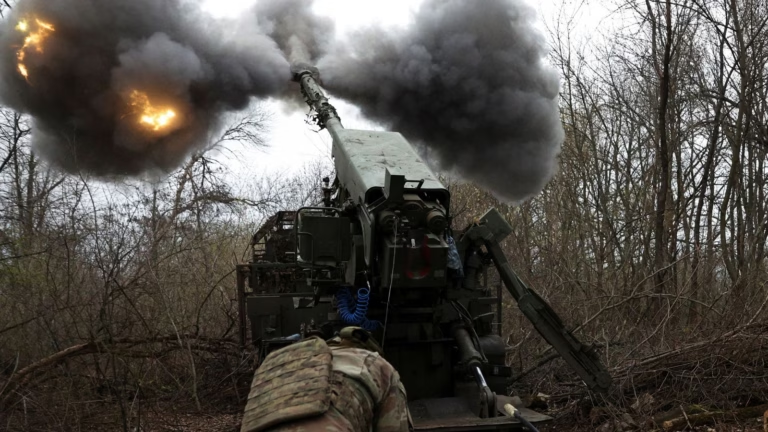Apple is moving its device production from China to other countries, such as India and Vietnam, to mitigate the impact of Donald Trump’s tariffs on products sold in the US.
Most iPhones are to be sourced from India, while iPads will come from Vietnam, efforts aimed at shielding American consumers from price hikes.
In its financial results for the first quarter, Apple mentioned that the escalating trade war led by the US president hasn’t significantly impacted its performance so far, but Apple CEO Tim Cook anticipates that the tariffs will augment costs by £677m in the existing quarter if current Trump’s economic policies remain unchanged.
The revenue for the first three months reached £71.8 billion, with earnings of £18.6 billion also exceeding analysts’ expectations. The heightened demand for iPhones may be attributed to US shoppers stockpiling before the tariffs took effect.
The full effect of any panic buying will only emerge when Apple reports its results from April to June later in the year.
Apple’s reliance on Chinese factories for manufacturing its iPhones made it notably vulnerable to the consequences of Trump’s trade war.
Apple’s stock value plummeted by 23% following the announcement of plans by the US president to impose reciprocal tariffs on numerous countries, resulting in a loss of £582 billion. Although the stock price has somewhat recovered, it remains 5% lower than before the announcement. Growing tensions between Washington and Beijing have also reflected in Apple’s China sales, which declined by 2.3% from January to March.
After the President announced plans to impose reciprocal tariffs on dozens of countries–now largely paused for 90 days–Apple’s stock plummeted by 23%, resulting in a loss of £582 billion in value. While the stock price has somewhat recovered, it remains 5% lower than before the announcement. Growing tensions between Washington and Beijing are also impacting Apple’s sales in China, with a 2.3% fall in sales from January to March.
Addressing the changes in manufacturing strategy, Mr. Cook remarked, “We operate a complex supply chain. There’s always a risk in the supply chain. What we learned some time ago was that having everything in one place carried too much risk with it.”
Manufacturing of devices sold outside of the US will continue in China.










